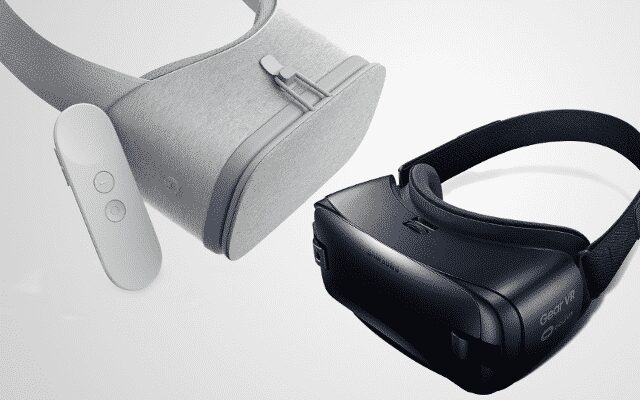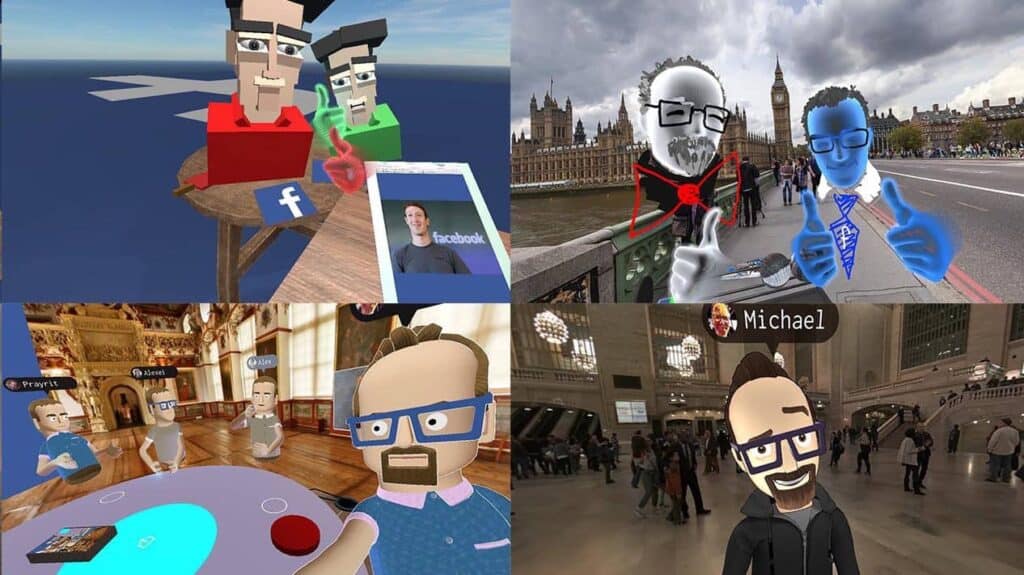Back in January, we offered our virtual reality predictions for 2016. Now that the year’s up, it’s worth checking the clarity of our crystal ball. In a few days, we’ll take a look at the trends for 2017 for both VR and wearable technology. And of course, with CES 2017 right around the corner – there’s lots to check out for the coming year.
Virtual Reality predictions for 2016
Looking back on our article, “Virtual Reality Trends to Watch in 2016,” here’s the trends we highlighted:
- 2016 a learning year. This was an easy prediction. 2016 was a remarkable year for experimentation in virtual reality. VR headsets from Oculus and HTC arrived in the spring and we were all exploring a new media form. We got ourselves to the Sundance Film Festival to see the New Frontiers Program, a hotbed for innovation in storytelling. Closer to home, we partnered with the Tribeca Film Festival’s Imagination Day which offered talks and groundbreaking work in VR.[spacer height=”20px”]
- Mobile VR. We predicted that mobile VR would be critical for popular acceptance of virtual reality. And we now have a Google manufactured headset (and a Pixel phone) sitting on our desk.

The two major headsets for mobile VR – Google’s Daydream View and Samsung’s Gear VR. - Big budget content. Like everyone, we expected more content in 2016. The money’s there, from the gaming industry, Google cutting deals with major networks to Facebook funding artists. And we experienced breathtaking work, including Allumette and TheBlu: Encounter, to name just a few. And low-budget content is taking over YouTube. [spacer height=”20px”]
- Interactivity. We knew interactivity would be an issue – VR can be isolating and passive. And the developments in virtual reality are coming right in the midst of the social media revolution. What surprised us – and others – was Facebook’s work on Social VR. At both the F8 conference in the spring and OC3 in the fall, Zuckerberg offered eye-opening demos of multi-user virtual reality. Oh, and that little VR hand controller from Google? Perfect.

How much progress Facebook made in Social VR – top row from the F8 conference in the spring; bottom role from OC3 in the fall. - VR in Education and Health. Much of the tech industry didn’t foresee the rapid developments for VR in Education and Health. But with our workshops in Higher Ed, it was no surprise to us to see the innovation here. From Oculus to Microsoft HoloLens, AR/VR medical content in education is one of the major success stories of the year. [spacer height=”20px”]
- A hardware surprise. We got this one right, just off on the specifics. We predicted a development that would surprise the entire AR/VR community in 2016. Magic Leap was our candidate – but it was the prototype demoed by Intel’s Project Alloy. It turned out to be one of our favorite projects of the year.
The real winners this year were Snap’s Spectacles, Google’s Daydream platform and Facebook’s work on social VR. Back in January 2016, they were nothing more than rumors and speculation that turned out to be major developments.
So our crystal ball wasn’t perfect on the virtual reality predictions for 2016, but we think we nailed the major trends and developments.
We’ll follow up in a few days with the trends to watch for 2017.
Happy New Year!
Emory Craig is a writer, speaker, and consultant specializing in virtual reality (VR) and generative AI. With a rich background in art, new media, and higher education, he is a sought-after speaker at international conferences. Emory shares unique insights on innovation and collaborates with universities, nonprofits, businesses, and international organizations to develop transformative initiatives in XR, GenAI, and digital ethics. Passionate about harnessing the potential of cutting-edge technologies, he explores the ethical ramifications of blending the real with the virtual, sparking meaningful conversations about the future of human experience in an increasingly interconnected world.

